
Sugar: The Sweet Danger
Sugar? It’s in everything from coffee to salad dressing, and while it may make things taste better, it’s not doing any favours for your body, skin, or overall health. Excess sugar has been linked to weight gain, diabetes, inflammation, and even premature aging.
In Canada, where one in four adults is obese, diabetes rates continue to rise, and skin health is a growing wellness focus, reducing sugar intake has never been more relevant.
So, how does sugar affect your skin, health, and well-being—and how can you cut back without feeling deprived? Let’s take a closer look.
Natural vs. Added Sugar
Not all sugar is created equal. Here's the difference:
- Natural sugars are found in whole foods like fruits, vegetables, and dairy. They contain fibre, vitamins, and minerals, which help slow their absorption and minimize their impact on the body and skin.
- Added sugars are sugars introduced to foods during processing. They are found in everything from soda and flavoured yogurt to granola bars and bread. Added sugars offer no nutritional benefits and contribute to inflammation, breakouts, and premature skin aging.
Eating whole, unprocessed foods and limiting added sugar are the best ways to support skin health and overall wellness.
Sugar’s Impact on Skin and Health
1. Skin aging (AKA sugar face): Excess sugar damages collagen and elastin, the proteins that keep skin firm and youthful. This process, known as glycation, leads to:
- Fine lines and wrinkles are appearing sooner
- Loss of elasticity, leading to sagging skin
- A dull, tired complexion
3. A study by McGill University found that high sugar intake accelerates premature aging, making it one of the worst offenders when it comes to maintaining youthful, healthy skin.
4. Acne and inflammation: Sugar spikes insulin levels, increasing oil production and inflammation, two primary acne triggers.
- High glycemic foods like candy, white bread, and soda cause insulin spikes, leading to breakouts.
- Low glycemic foods like whole grains, nuts, and vegetables help stabilize insulin levels, reducing acne and skin irritation.
According to the Canadian Dermatology Association, diets high in sugar and refined carbs have been linked to hormonal acne, particularly in adults.
3. Dehydration and dullness: Sugar pulls moisture from the skin, leaving it dry, dull, and lacklustre. If your skin feels tired, puffy, or irritated, sugar intake may contribute to this. Reducing sugar and drinking more water can help restore hydration and skin radiance.
4. Weight Gain and Obesity: Canadians consume too much sugar, mainly through beverages. Statistics Canada reports that sugary drinks contribute significantly to obesity, which affects one in four adults. Because sugar doesn’t trigger satiety, it’s easy to overconsume calories, leading to weight gain, a major factor in inflammation and skin issues.
5. Diabetes and Heart Disease: Over time, excess sugar can cause insulin resistance, making it harder for the body to regulate blood sugar. A Diabetes Canada report shows that over 11 million Canadians live with diabetes or prediabetes, with sugar consumption playing a significant role. High sugar intake is also linked to high blood pressure, heart disease, and chronic inflammation, which affect the body’s ability to heal and repair the skin.
How Much Is Too Much?
Health Canada recommends limiting free sugars to 10% of daily calories, but the Heart & Stroke Foundation of Canada suggests aiming for less than 5% for the best health benefits.
For perspective, a single soda can contains about 10 teaspoons of sugar, almost double the recommended daily amount for optimal health.
How to Cut Back
Cutting back on sugar doesn’t mean eliminating all sweetness. Making small, mindful changes can make a big difference.
Read labels: Sugar can be listed under different names, including corn syrup, glucose, fructose, and dextrose. If it is listed in the first three ingredients, the product likely contains excessive sugar.
Swap sugary drinks for healthier alternatives: Sodas, fruit juices, and cocktails are full of sugar. Instead, try:
- Water with lemon or cucumber
- Herbal teas
- Sparkling water with fresh berries
Prioritize whole foods: Whole grains, nuts, vegetables, and lean proteins help stabilize blood sugar levels, reducing acne, inflammation, and premature aging.
Replace processed desserts with natural sweetness: Instead of reaching for cookies or candy, try:
- Dark chocolate (70% + cacao)
- Fresh fruit with cinnamon
- Greek yogurt with nuts and honey
Cut back on white bread and pasta: Refined carbs break down into sugar quickly, leading to spikes in blood sugar and skin inflammation. Instead, choose:
- Whole grain bread
- Quinoa or brown rice
- Lentil pasta
Reduce sugar gradually: Cutting sugar suddenly can be complex. Start by using half the sugar in your coffee or choosing plain yogurt over flavoured options. Over time, your taste buds, skin, and energy levels will adjust.
Sugar is everywhere, but it doesn’t have to take over your health or skin. By making small, sustainable changes and being mindful of sugar intake, you can support clearer skin, improved energy, and better overall health.
Until next time,
Beate
References & Further Reading

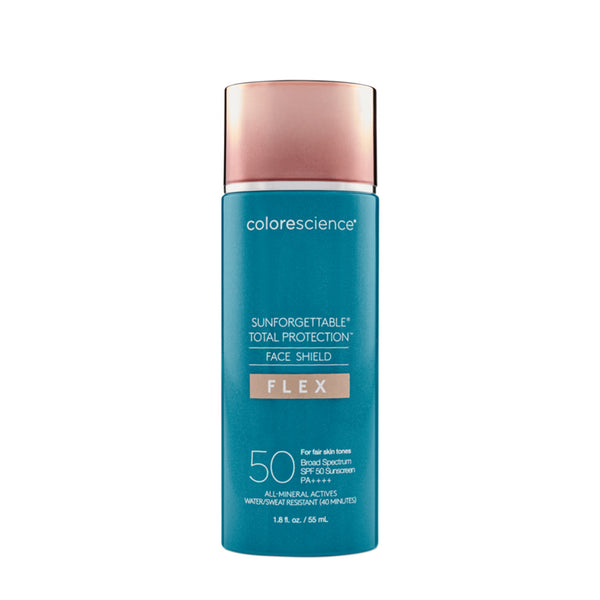
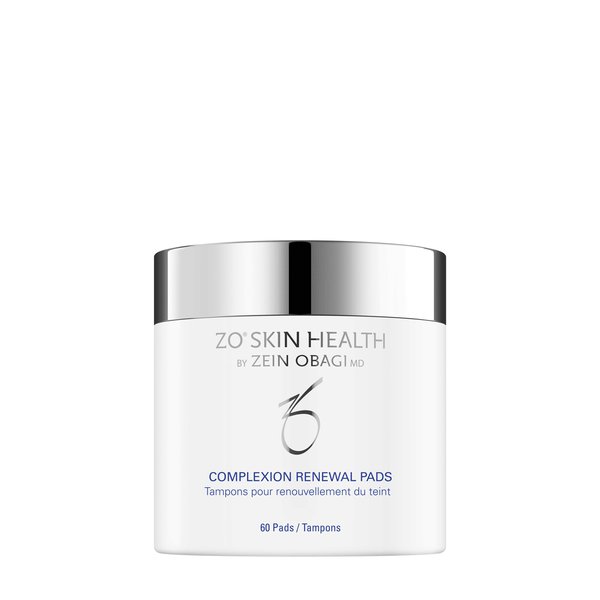
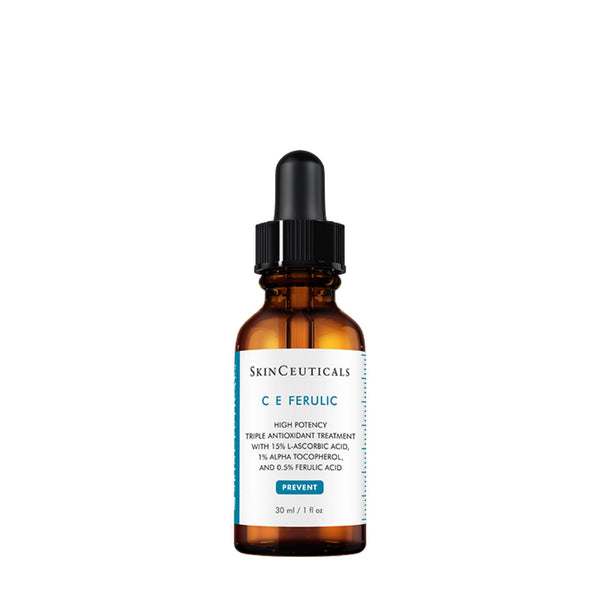
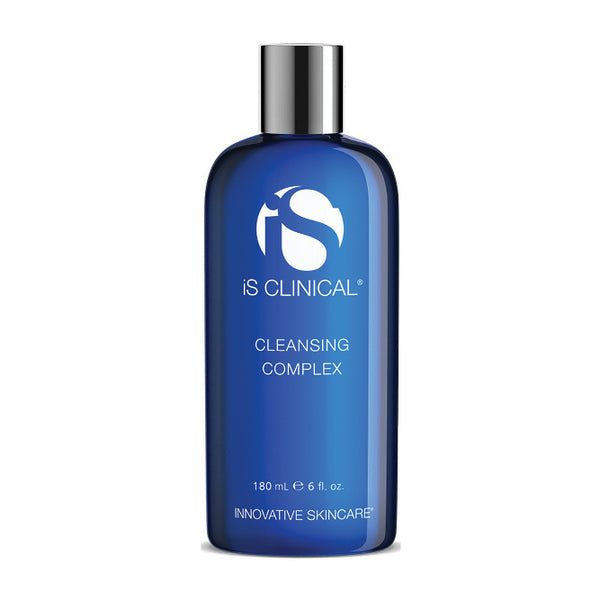
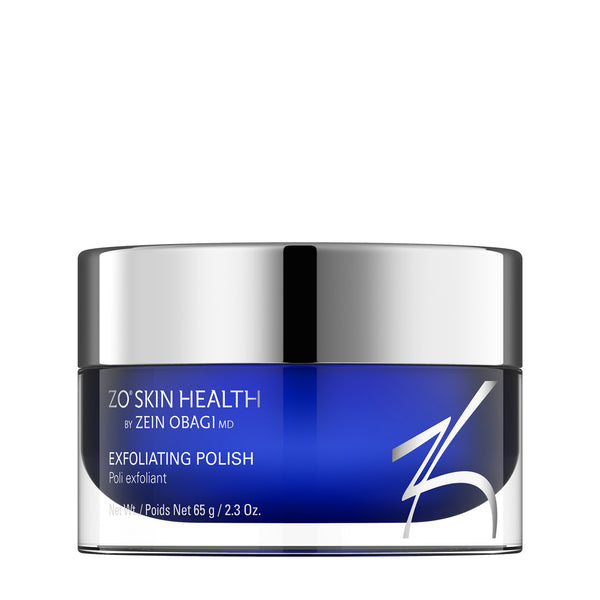




Leave a comment